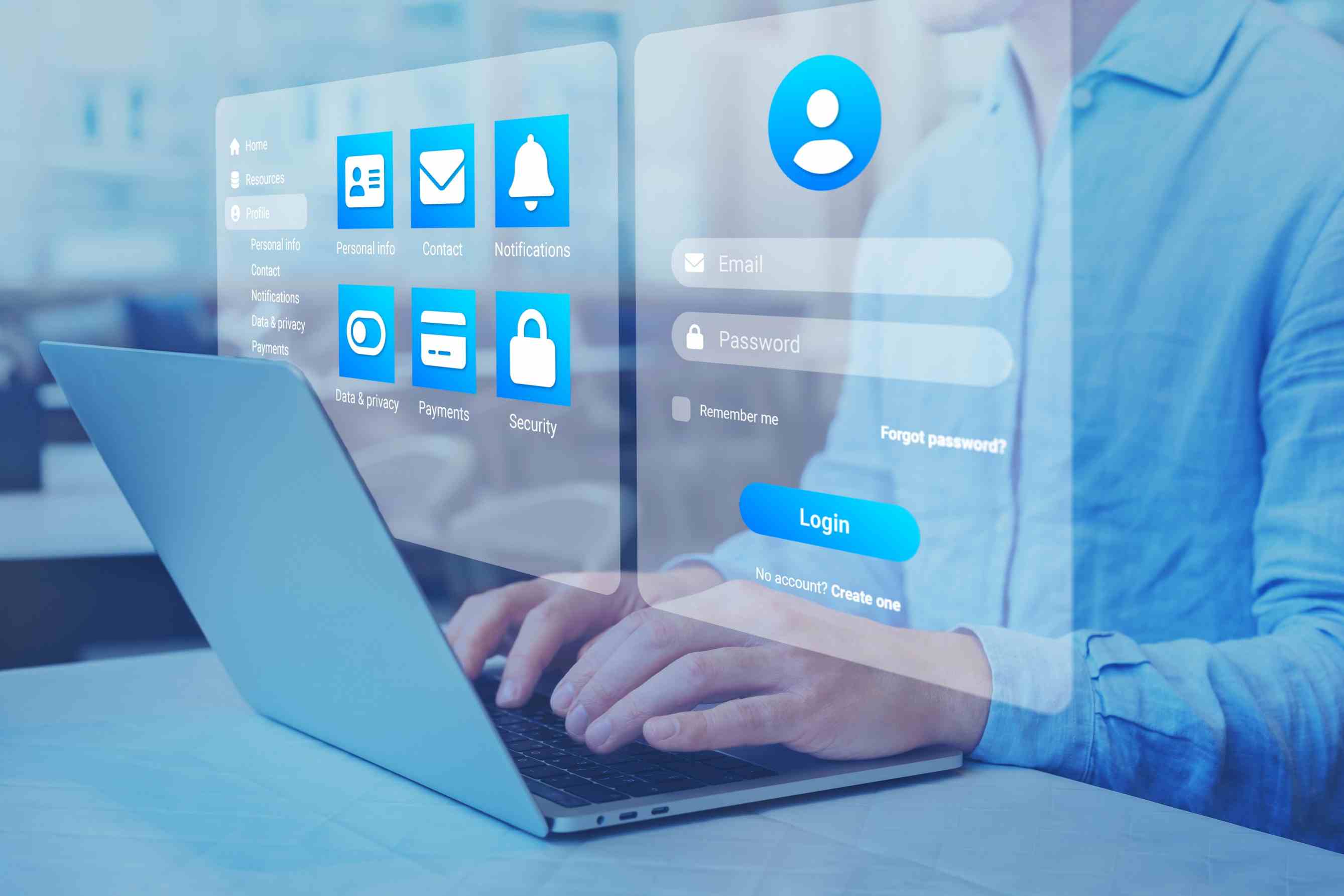Why are businesses being forced to pay extra for basic security?
Many SaaS providers lock Single Sign-On (SSO) behind their most expensive plans to push upgrades. This pricing strategy forces even small and mid-sized businesses to consider enterprise-tier plans just to access essential identity and security features.
For organizations that can’t justify the cost, security often becomes deprioritized. Without SSO, employees juggle multiple passwords, access is harder to manage, and security gaps open up—especially around password reuse and offboarding. IT loses visibility, and employees lose productivity.
In this post, we’ll unpack what the “SSO tax” really is, why it creates risk, and how to avoid it without compromising security, usability, or compliance. We’ll show you how modern tools like Cerby extend modern identity protections—without the high cost of license upgrades.
What is the SSO Tax?
The SSO tax refers to the added costs SaaS vendors charge for enabling SSO and related identity features such as user provisioning and deprovisioning. These features typically require protocols like SAML (Security Assertion Markup Language) or SCIM (System for Cross-domain Identity Management) to integrate with your Identity Provider (IdP), such as Okta or Microsoft Entra.
Years ago, enabling SSO meant building complex, custom integrations—something only large enterprises could afford. But today, thanks to modern Identity and Access Management (IAM) tools, SSO is standardized, scalable, and widely accessible.
Yet many SaaS vendors still gatekeep these capabilities. Why?
The True Cost of SSO: What SaaS Vendors Don’t Tell You
The SSO tax is a holdover from a time when SSO was a complex and expensive endeavor. Today, it's more of a revenue stream for SaaS vendors rather than a reflection of the true cost of implementation.
Some modern applications agree that the SSO tax is obsolete and have decided to abandon this outdated practice. They offer “Sign in with Google” or similar identity integrations for free.
Others use SSO and associated identity management features to generate more revenue. They restrict access to APIs, limiting automation and capabilities unless businesses pay for premium tiers. This strategy works because businesses need secure authentication—but don't always have alternatives. So they upgrade.
How the SSO Tax Impacts Your Business
For many companies, the SSO tax is hard to justify—especially when it means paying significantly more just to use the same SaaS application. As a result, teams often stay on lower-tier plans to save on costs. But that short-term savings comes with tradeoffs: weaker security, compliance gaps, and more manual work for IT.
Unnecessary Financial Drain
SaaS spending already consumes a large portion of IT budgets. From project management tools to CRMs, marketing platforms, and enterprise collaboration suites, subscription fees add up fast. Adding the SSO tax on top of every platform inflates those costs further. On average, enabling SSO means doubling license costs—just to access the same tool more securely.
Multiply that across your stack, and SSO fees become a real line item.
Lost Productivity and IT Headaches
Without SSO, there’s no centralized login layer for employees. They’re left managing separate credentials for every application, which creates frustration and wastes time.
IT teams are burdened with a growing number of password reset tickets, manual onboarding and offboarding workflows, and constant access reviews. As organizations grow, these manual processes don’t scale. They slow down operations, increase risk, and divert IT resources away from more strategic initiatives.
Security Risks from Weak Authentication Practices
Without SSO and user management, there’s no centralized way to enforce strong authentication policies. IT teams lose visibility into who has access to what—and who shouldn’t. Former employees, contractors, or vendors may retain credentials if offboarding isn’t handled immediately and thoroughly.
These gaps can have real consequences. In 2024, 68% of data breaches involved human error. Without robust identity and access management capabilities, security threats multiply. Businesses are left exposed to:
- Phishing: More passwords means more attack vectors
- Credential stuffing: Reused passwords can expose multiple applications
- Shadow IT: Frustrated users may adopt tools outside IT’s visibility
- Orphaned access: Former employees may retain access if not promptly removed
How to Avoid the SSO Tax
Luckily, there are ways to avoid paying extra for basic SSO functionality.. Here are some strategies you can use to avoid the SSO tax while maintaining—and even improving—your security posture.
Negotiate with Your SaaS Vendors
Don’t be afraid to challenge your vendors or ask tough questions. Some SaaS companies might discreetly offer SSO on a lower-tier plan if you present a compelling reason. Depending on your industry and the type of data your company handles, you can frame your need for SSO as a compliance requirement—not a feature request.
Reevaluate Your SaaS Application Stack
It pays to reevaluate your SaaS application stack on a regular basis. If a tool locks critical security features behind steep upgrade fees, ask whether it’s still the right fit. There are plenty of modern SaaS platforms that offer robust functionality, security, and native identity integrations—without the extra cost. Consider making support for SSO and user management a must-have in your procurement process.
Rethink Your Approach to Access Management
How does your organization handle access management in the first place? Instead of viewing SSO as an optional "add-on," shift your mindset to treat it as a “must-have.” If your current approach depends on vendors for native integrations, you may always be at the mercy of their pricing and product roadmap.
That’s where a modern solution like Cerby helps you fill in the gaps.
How Cerby Eliminates the SSO Tax
Cerby eliminates the need to pay extra for secure SaaS access. By directly integrating with your existing identity provider—like Okta or Microsoft Entra—Cerby allows you to extend modern access controls to every SaaS and non-SaaS application in your stack, even those that don’t natively support SAML, SCIM, or offer APIs.
With Cerby, you can manage logins centrally, automate provisioning and deprovisioning, and gain full visibility across your application ecosystem—all without waiting for a vendor to upgrade their integrations or charging you more for basic security.
Security Shouldn’t Be a Luxury
The SSO tax is a relic of an earlier era—one that no longer reflects how modern security should work. Foundational security shouldn’t be treated as a luxury or a feature upgrade. It should be standard.
With Cerby, it is.
Ready to eliminate the SSO tax for good? Book a demo with Cerby and see how we bring identity security to every corner of your tech stack—no SSO tax required.



